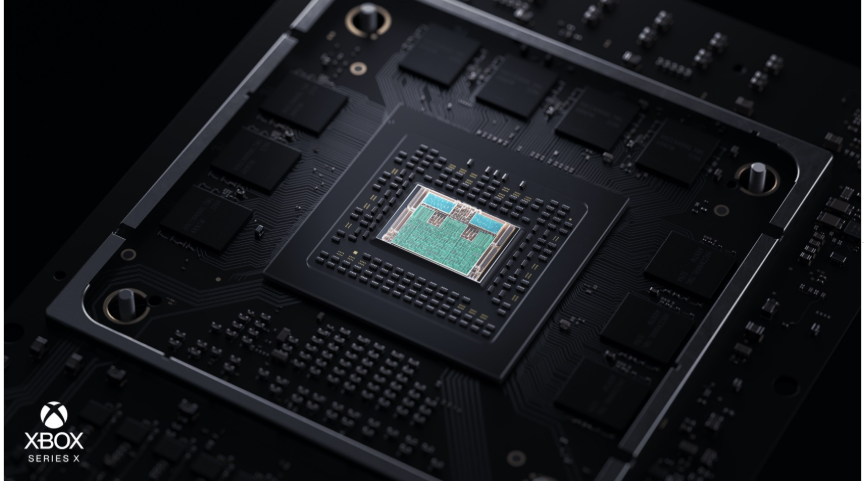Microsoft has dropped the full specifications of the Xbox Series X, its next-generation console, and it’s shaping up to be a powerhouse machine.
The headline stat is 4K games at 60 fps, as well as support for up to 120 fps for “the most demanding and competitive games.” A key part of that is hardware-accelerated DirectX Raytracing, which should have a huge impact on how light and sound behave within games.
The processor is a custom AMD Zen 2 CPU, with eight cores. Each is running at 3.8 GHz (3.66 GHz with SMT). It’s paired with a custom RDNA 2 GPU, with 52 CUs running at 1.825 GHz. That’s capable, Microsoft says, of 12 TFLOPS of performance.
Then there’s 16GB of GDDR6 memory with a 320mb bus. Microsoft is quoting 100 GB of bandwidth at 560 GB/s, or 6GB at 336 GB/s. For storage, the Xbox Series X is using a customer NVME SSD. That has 1 TB of capacity.
It’s fast, too. 2.4 GB/s RAW, but that as much as doubles to 4.8 GB/s when the console uses compression with a custom hardware decompression block. If you need more capacity, there’s an expandable storage system: a 1 TB expansion card that matches the internal storage exactly, Microsoft says.
That allows up to 100 GB of game assets to be “instantly accessible,” Microsoft says, by the game’s developer. It’ll mean speedier transitions between levels, together with less background loading of assets in larger, open world games. Quick Resume technology will making switching between titles faster too, even if you unplug the console in-between.
They’re not the only changes. Dynamic Latency Input (DLI) is onboard, and there’s 120hz support for HDMI 2.1. Variable Refresh Rate (VRR) and Auto Low Latency Mode (ALLM) are supported too, and Microsoft has even been working with TV-makers over the past couple of years, making sure their sets are ready for what the Xbox Series X has to offer.
On the wireless side, Microsoft is using Bluetooth Low Energy for easier pairing, not only with the Xbox Series X and the Xbox Wireless Radio system, but PC, Android, and iOS devices. There’s a USB-C port too, for wired play. On the latency side, there’s a system Microsoft has dubbed Dynamic Latency Input (DLI) which includes changes in the console and the HDMI connection to the TV.

